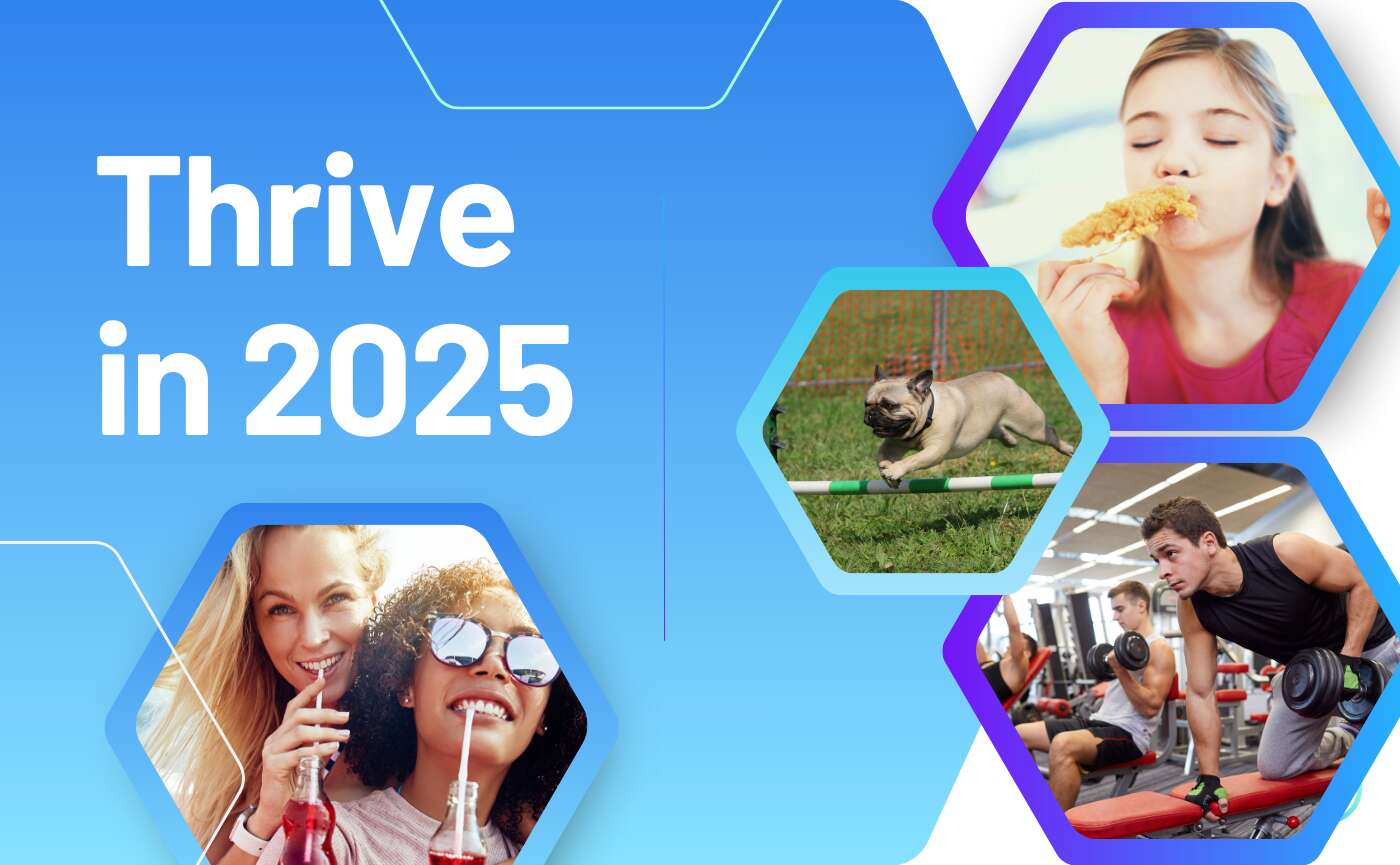Community Over Cookies: The Hidden Path to Dealing with Cookie Deprecation
Marketers knew the day would come, yet that foreknowledge did little to fortify their readiness. Google’s new “Tracking Protection” feature, which blocks third-party cookies on websites, launched last week, sending shockwaves through the marketing world. While currently only 1% of Chrome users are affected, the impending rollout to a broader audience in the coming months has lit a fire under marketers. They’re gripped with urgency since two-thirds of all people globally use Chrome to browse the Internet. However, there’s a significant gap between the desire to test privacy-preserving technologies and the resources needed to develop them.
Since Google unveiled its cookie-less plans in 2020, the industry has explored various alternatives. These include first-party data, which relies on businesses to build direct relationships with their customers, and contextual advertising, which targets ads based on a website’s content. Google’s Privacy Sandbox, a new product that aims to provide privacy-preserving ad targeting, faces criticism on several fronts, raising concerns for marketers.
But what if there’s a hidden path, a route less traveled but equally, if not more, promising? What if instead of taking it personal, we take it local?
Local social advertising thrives on neighborhood or geographical targeting rather than individual data points. It doesn’t require a deep dive into shopping or transaction history. Instead, it’s about creating hyperlocal connections that resonate with the user through location data they’ve willingly shared for their convenience. This strategy won’t soon fall out of favor or fashion.
Location sharing is trending upwards, especially among younger generations. According to a 2022 Harris Poll, a whopping 79% of U.S. adults report having location-sharing features activated on their devices. Globally, a 2019 research report by HERE Technologies found that 70% of consumers are willing to share their location data, especially when it offers benefits such as increased safety, security, service enhancement, or savings. Moreover, a 2023 survey by Life 360 revealed that 89% of Americans believe their lives benefit from location sharing, with an even more impressive 94% among Gen Z. These numbers speak volumes about the growing comfort of sharing location data.
At a time when companies are exploring new technologies and strategies to balance effective advertising with user privacy, local social advertising offers a powerful alternative. It taps into the power of location data shared willingly by users, creating meaningful, hyperlocal connections that transcend the need for invasive personal information. It’s not about who you are; it’s about where you are. As marketers, it’s time to think outside the cookie jar and embrace local social advertising. While the storm of cookie deprecation looms, those seizing the local opportunity are poised for a brighter future.
Discover how Tiger Pistol can power your local advertising success.
Related Posts
Digital Strategies That Drive Local Action for Home Services Franchises
Homeowners aren’t browsing digital platforms passively. They’re planning projects, checking reviews, and pricing out upgrades, and they’re doing it on the same channels where they scroll for news, recipes, and entertainment. Seventy percent of homeowners now prefer to book services online. Forty-five percent discover providers through social media. The bu
Tiger Pistol Launches 2025 Planning Guides to Empower Local Advertising Success Across Key Industries
Comprehensive Resources Equip Marketers with Actionable Strategies to Tackle Industry-Specific Challenges and Drive Measurable Results Tiger Pistol, the most advanced local advertising platform, announces the release of its highly anticipated 2025 Planning Guides, designed to help marketers across industries maximize their local advertising impact. Each guide o
Leveraging Local Social Advertising to Tackle Franchise Marketing Challenges
Local social advertising stands out as a crucial tactic for navigating and overcoming the unique challenges franchise brands face. Modern local social advertising tools offer solutions tailored to the franchise model, like simplifying campaign execution, ensuring compliance with brand standards, and facilitating easier adoption among franchisees. These tools ca
3 Table Stakes for Brands Growing Channel Partner Programs
A recent report by Demand Gen revealed that brands plan to increase investments in channel programs. “Channel program budgets will be boosted by nearly 70% of those surveyed, as they upgrade a variety of support services and activities such as partner training, channel incentives and partner relationship management.” Here’s the deal: Training & In





